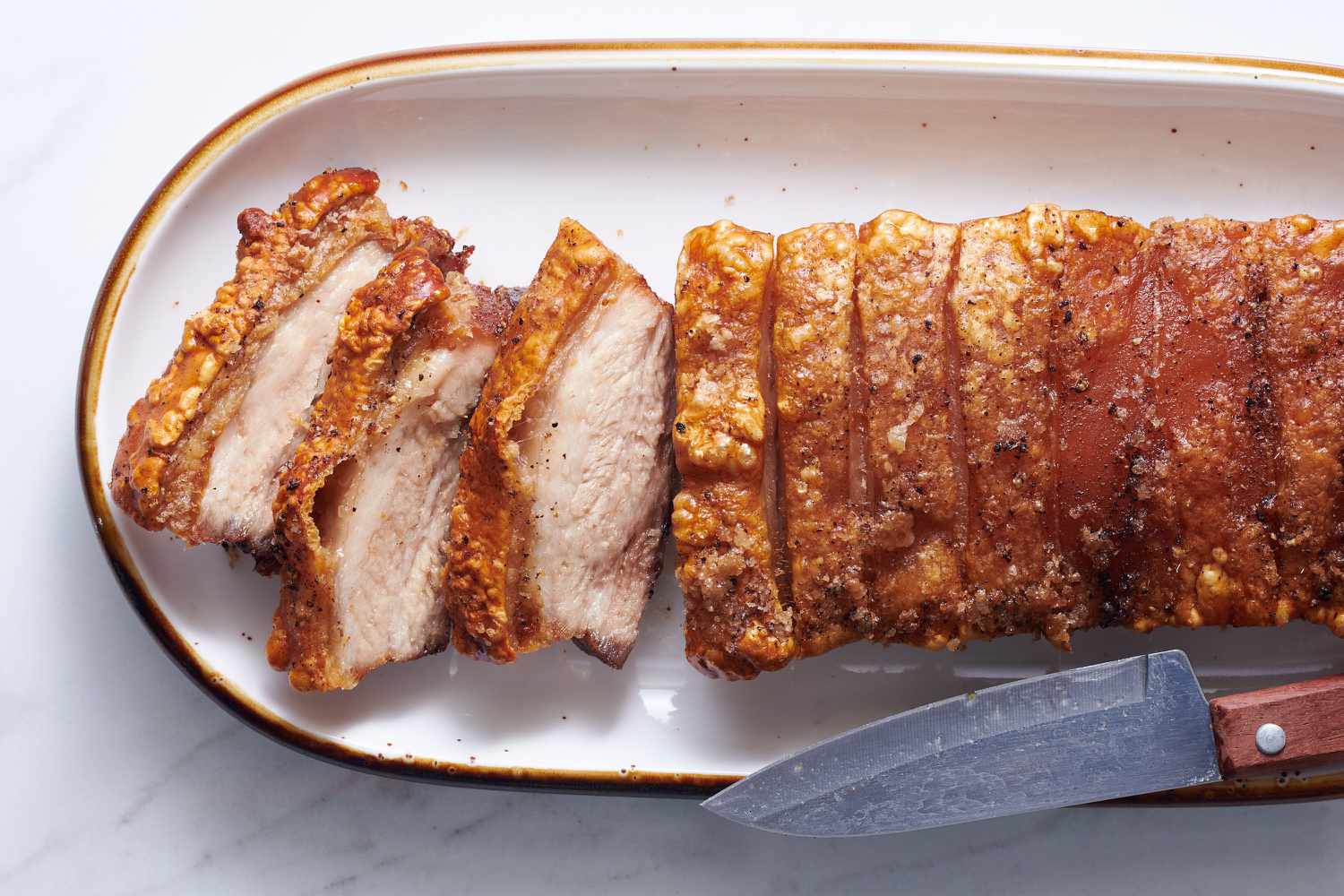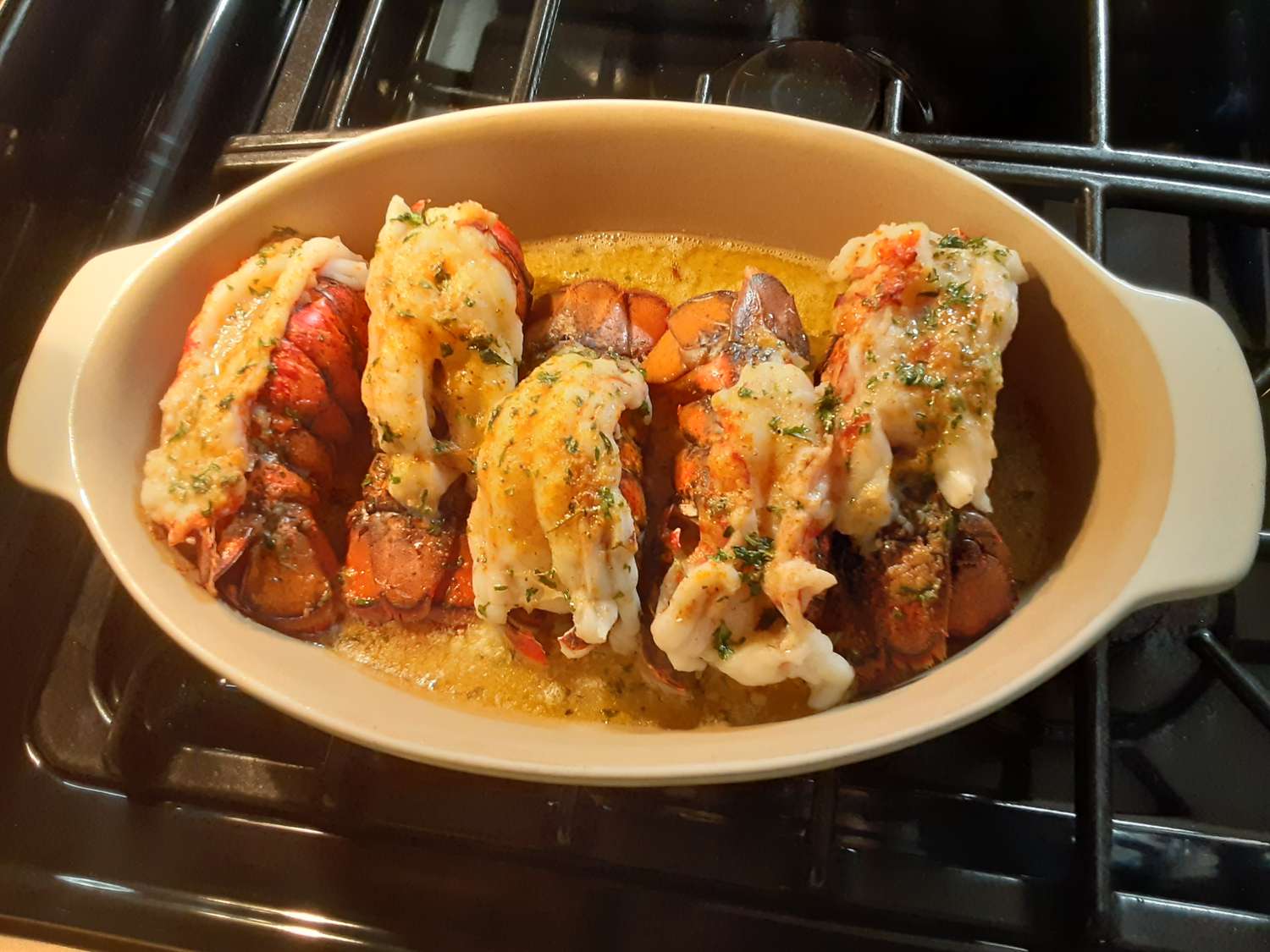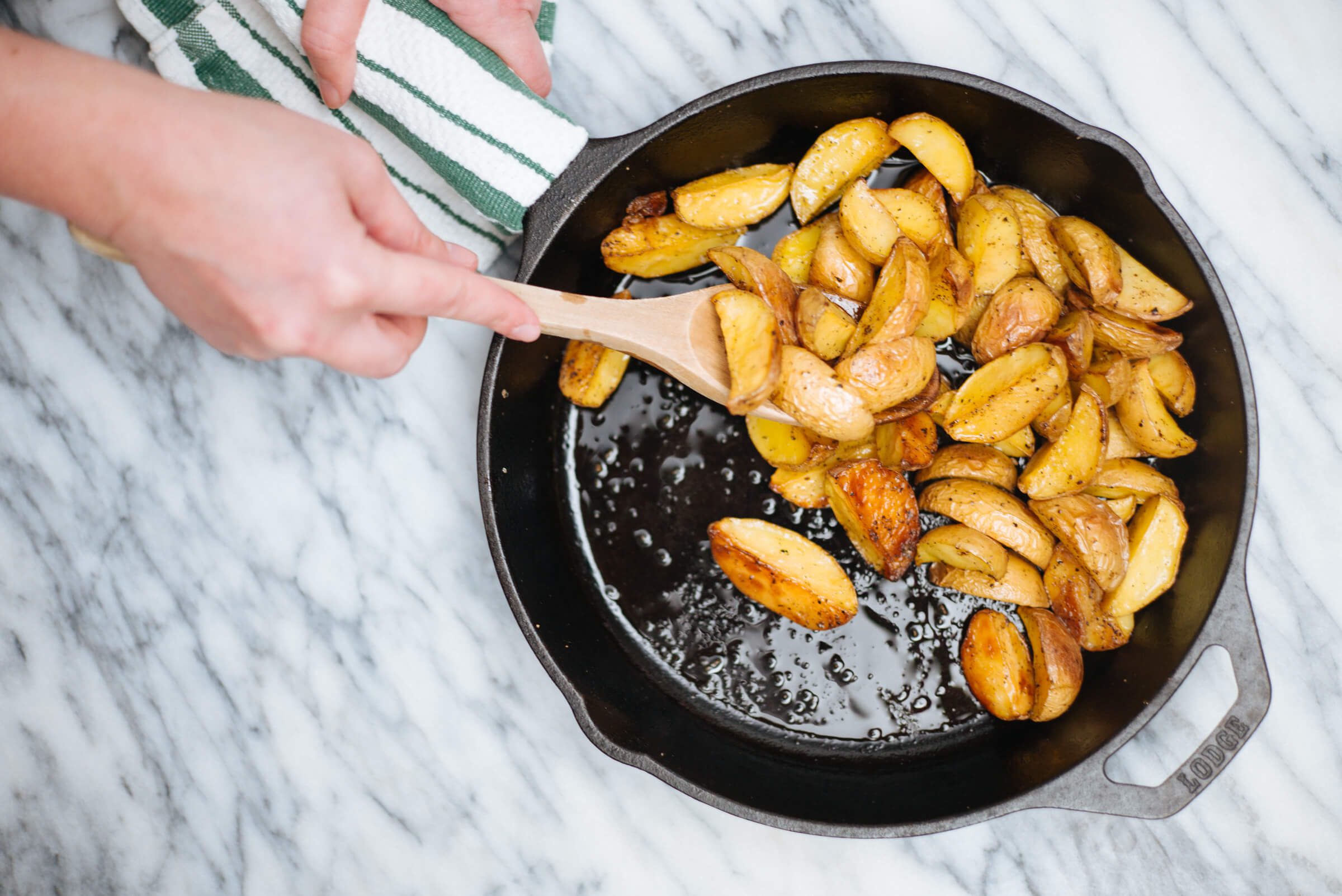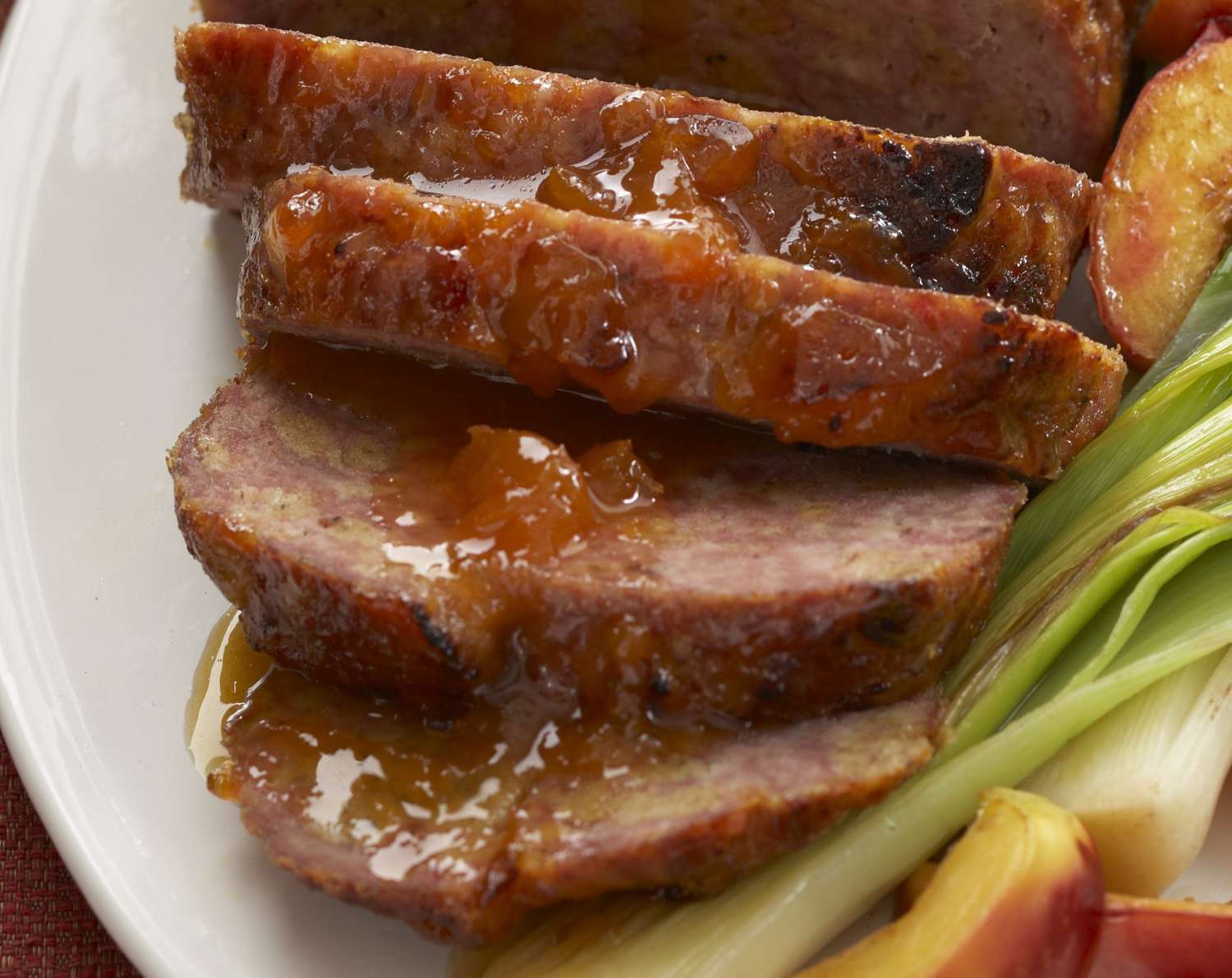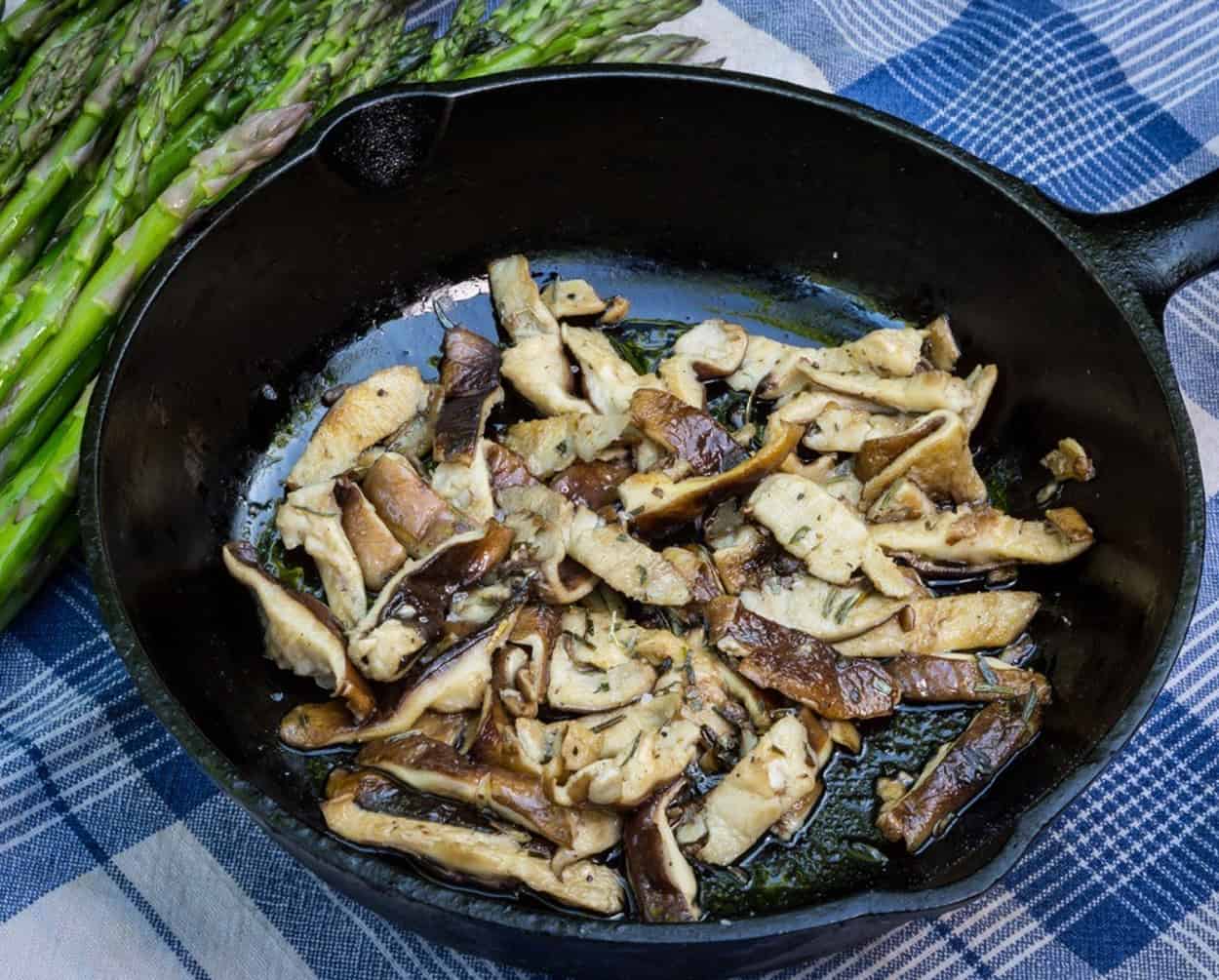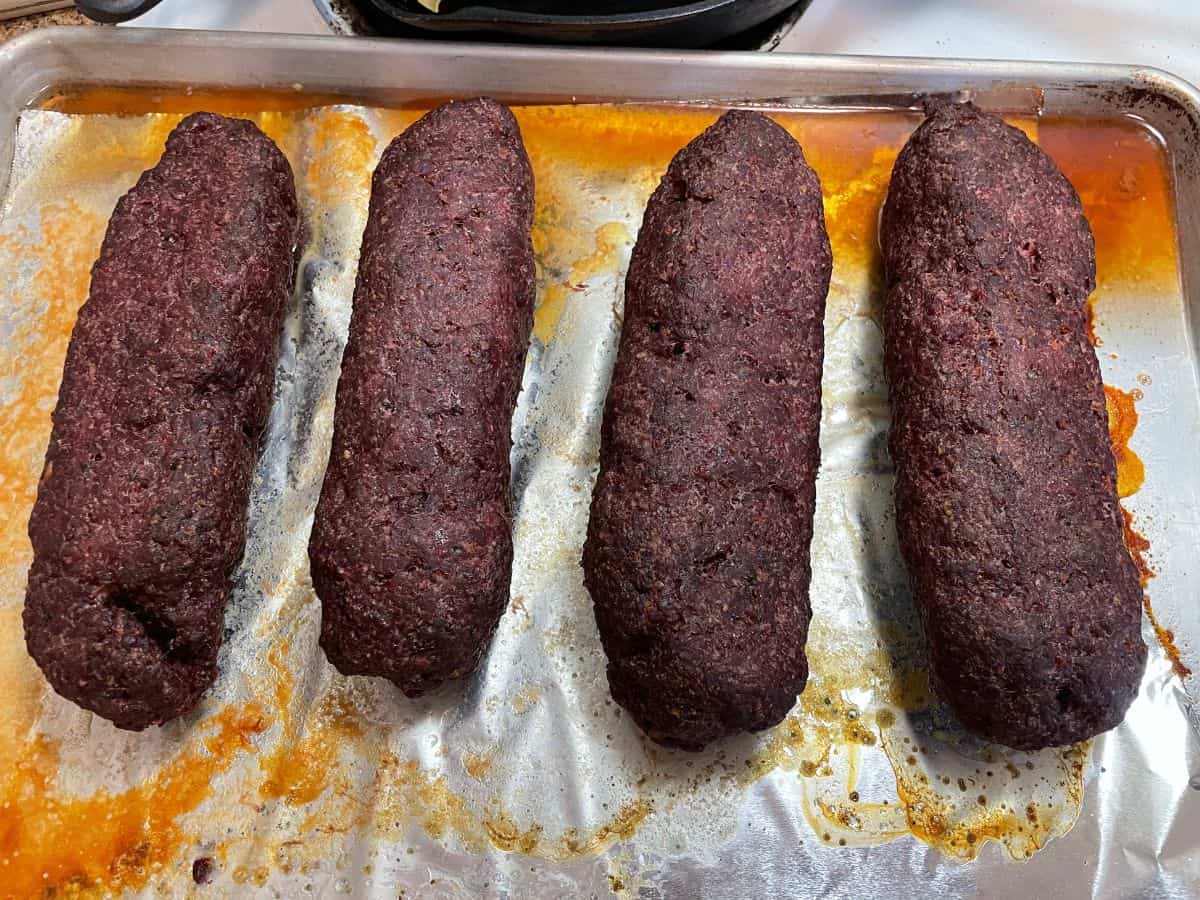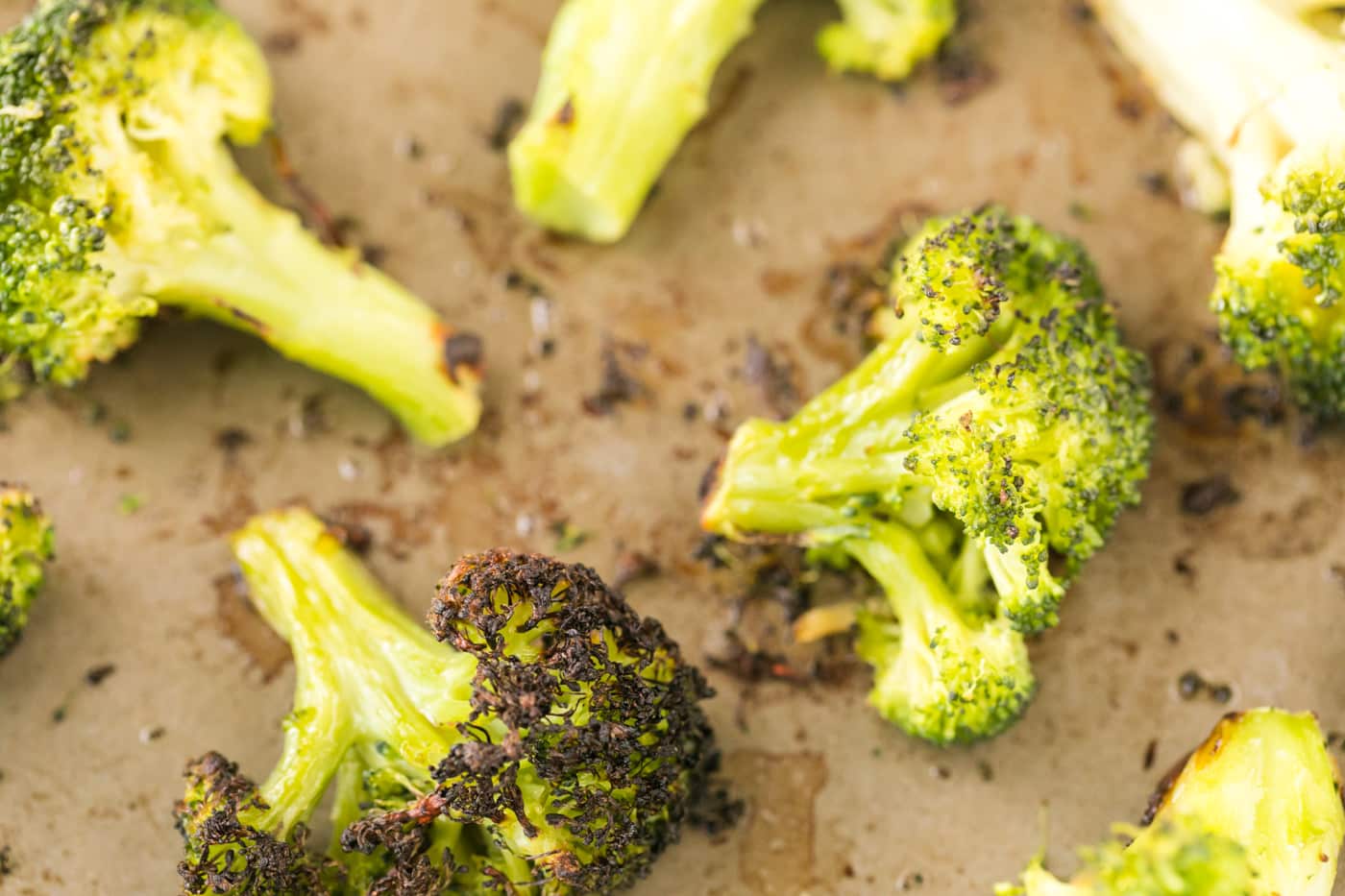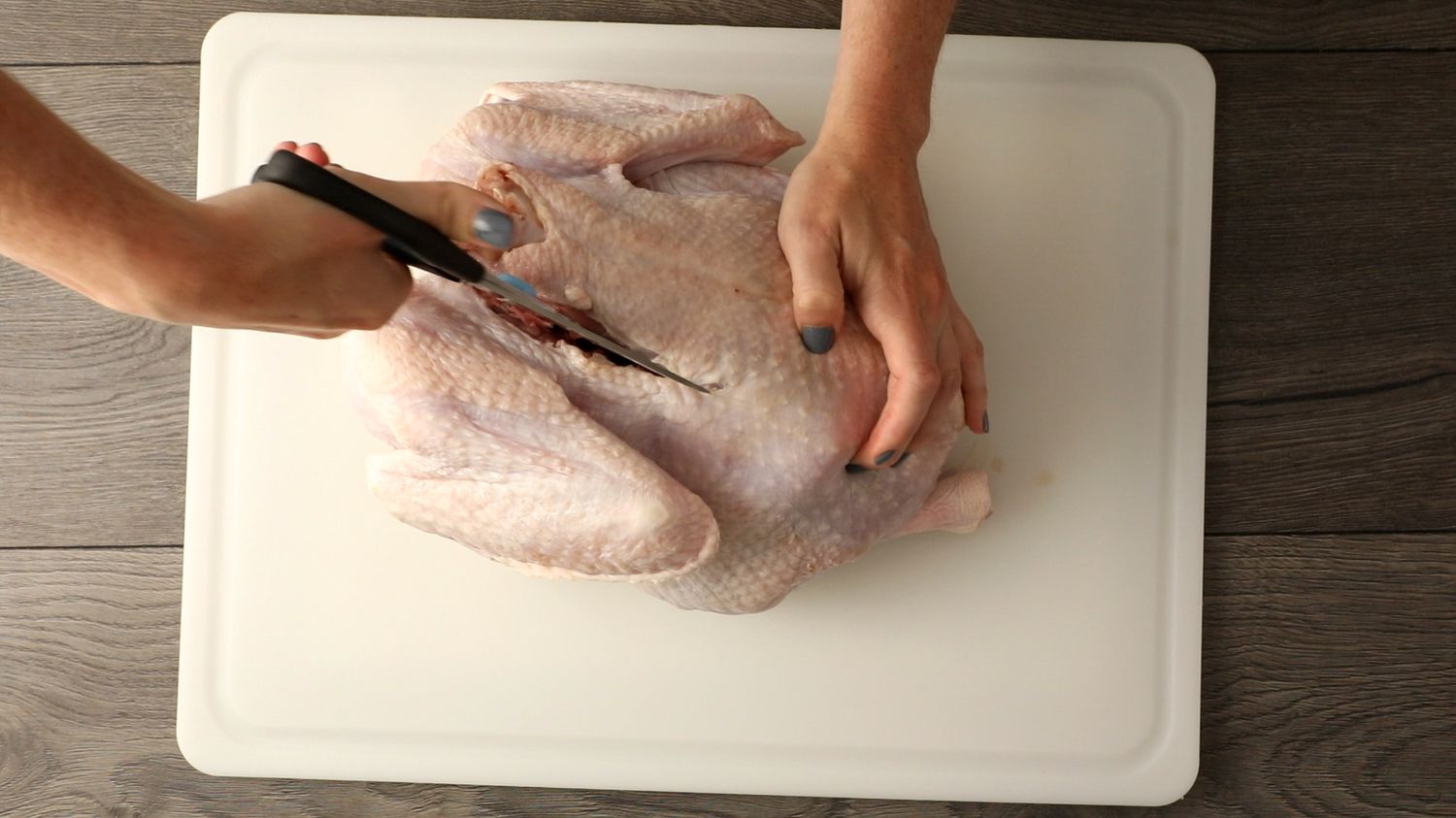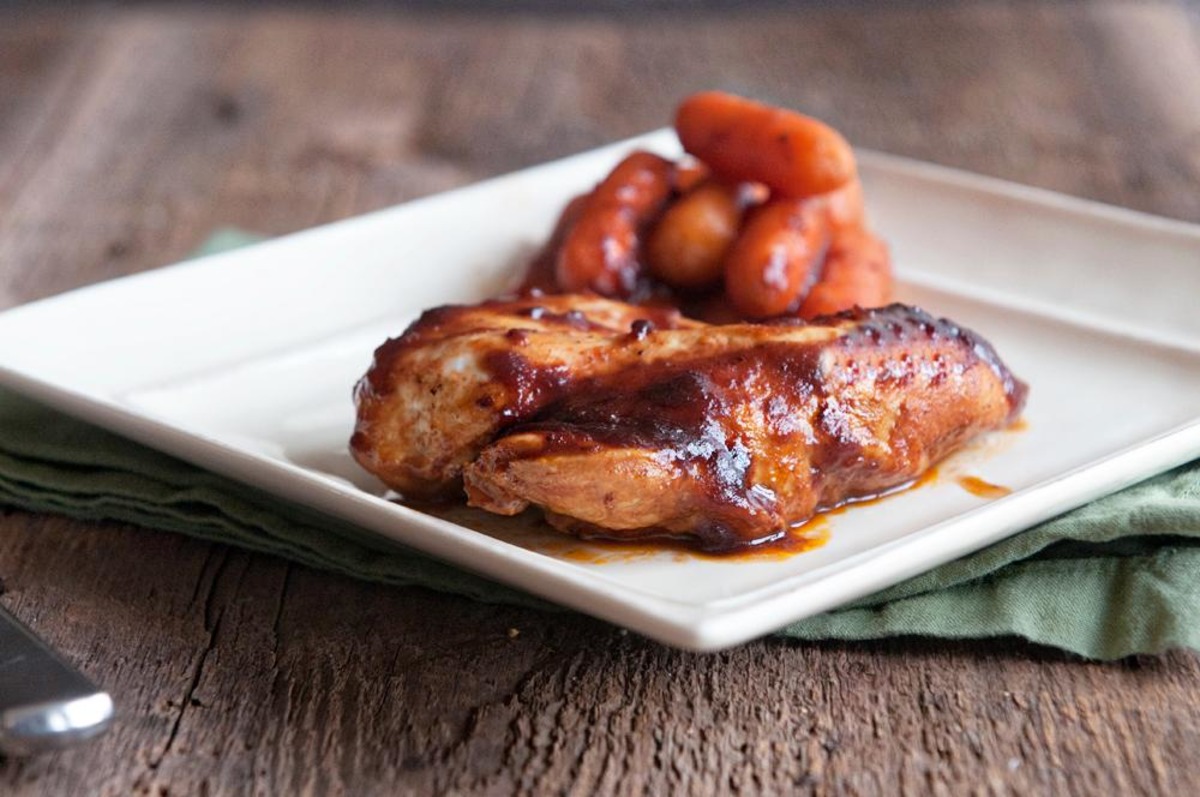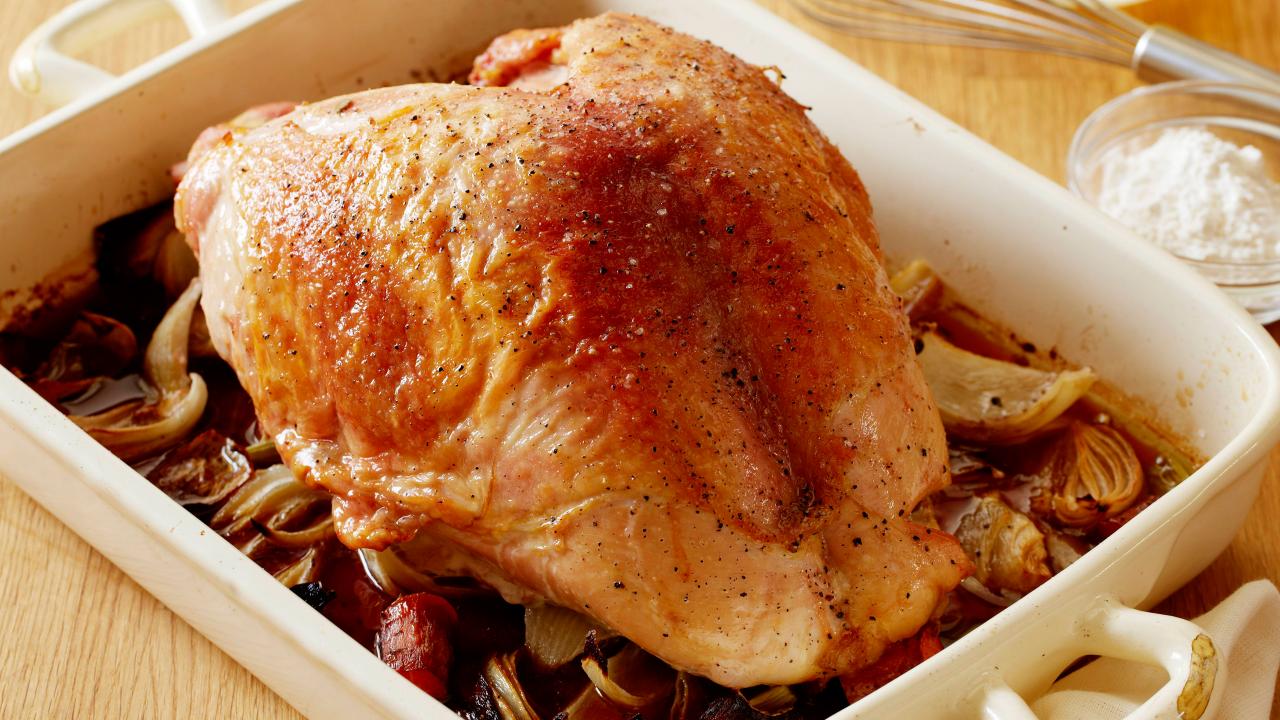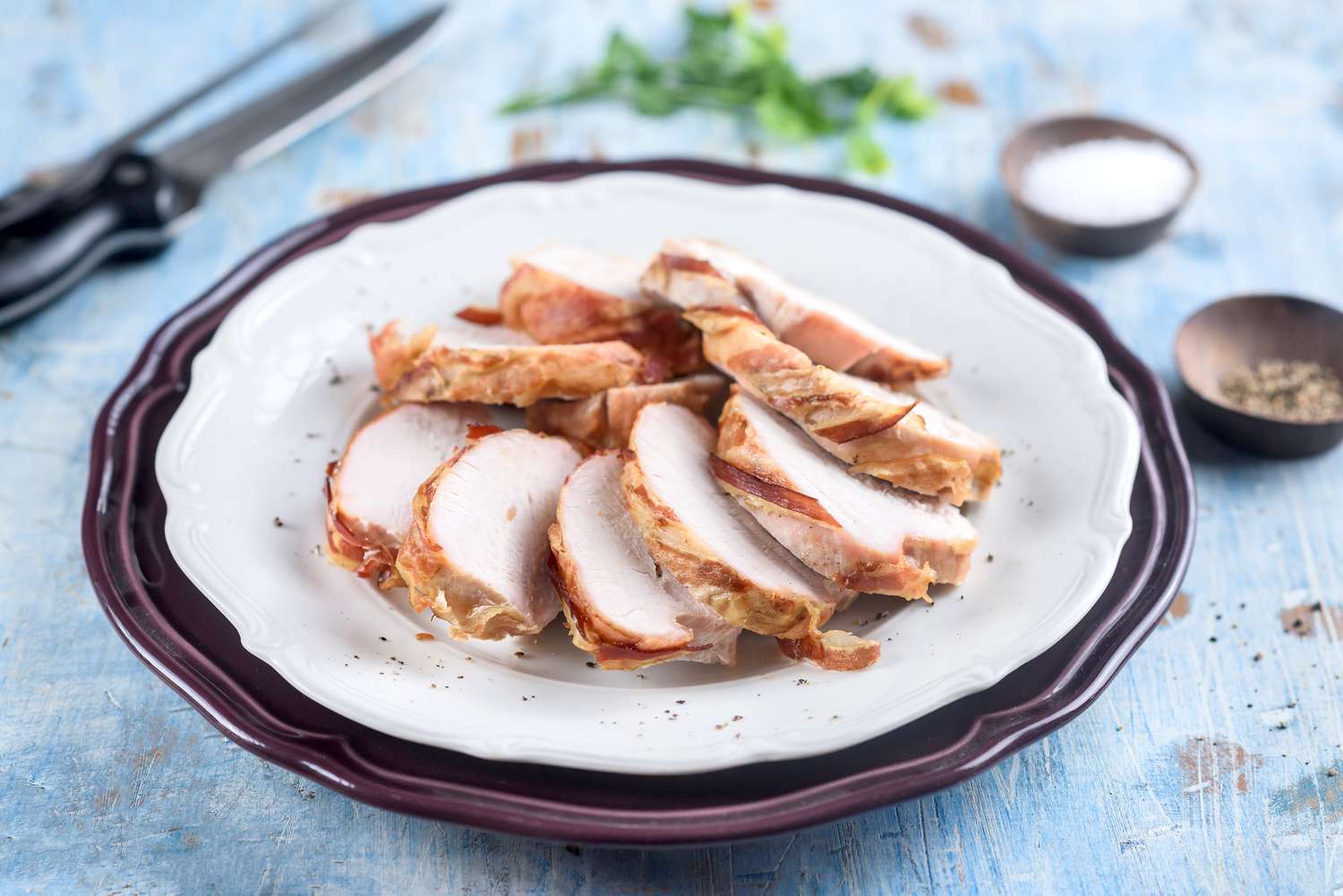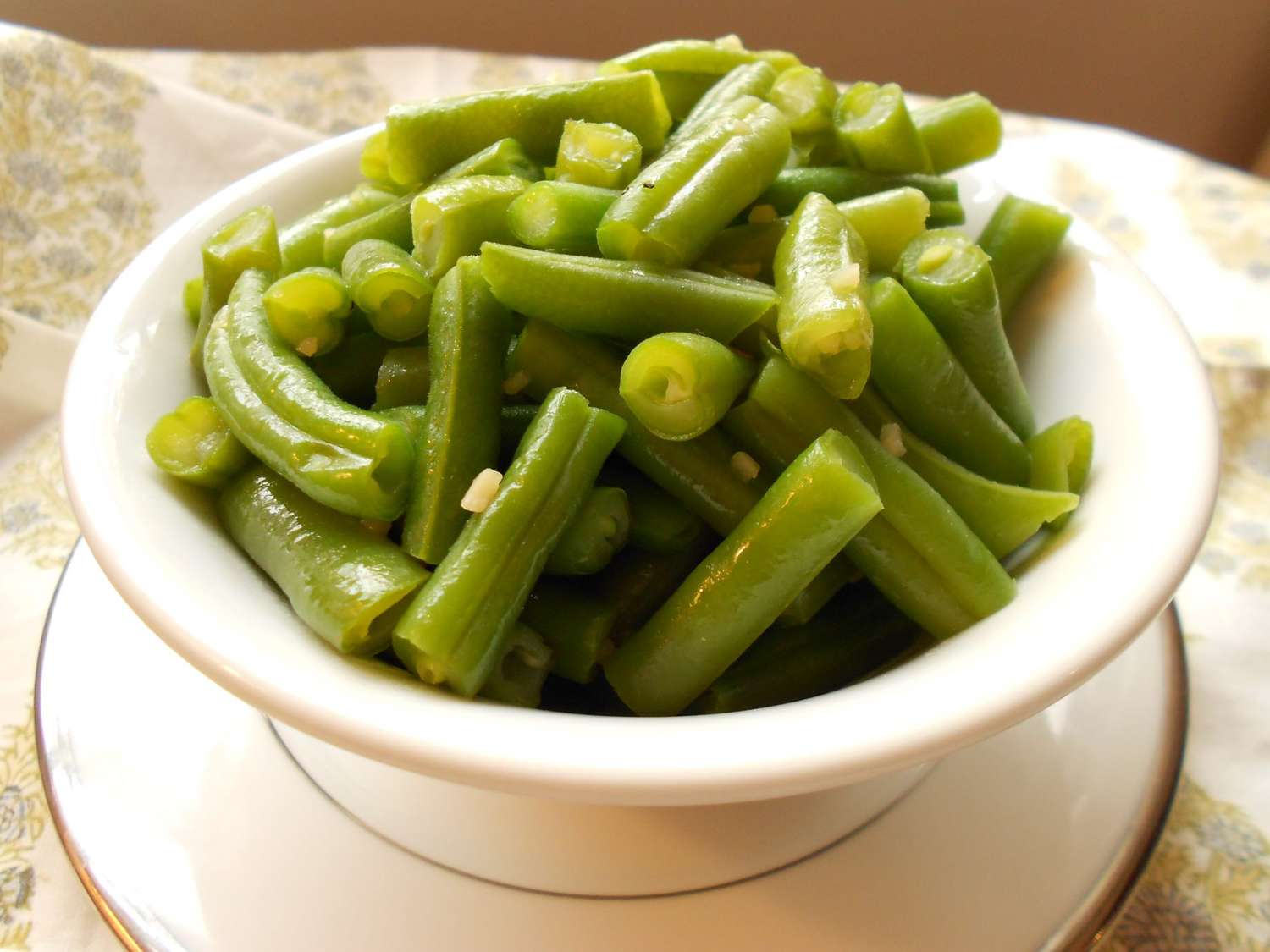Unlock the Power of your Pressure Cooker: A Guide to Mastering Mouthwatering Meals
Are you ready to revolutionize your cooking game? With a pressure cooker, you can whip up delicious and nutritious meals in a fraction of the time it takes using traditional methods. Whether you’re a beginner or an experienced chef, mastering the art of cooking in a pressure cooker opens up a world of culinary possibilities. So, let’s dive in and discover the secrets to unleash the full potential of this versatile kitchen appliance.
Why Cook with a Pressure Cooker?
Pressure cookers have been gaining popularity due to their ability to significantly reduce cooking time while retaining flavors and nutrients. The secret lies in the science behind the pressure cooker – the sealed environment and higher temperature create intense steam pressure, which cook foods faster and more efficiently. Here are some benefits that make pressure cooking worth your while:
- Time-saving: With a pressure cooker, you can cut cooking time by up to 70%, making it perfect for busy individuals and families.
- Retains nutrients: The shorter cooking time helps preserve vitamins and minerals, ensuring you enjoy wholesome and nourishing meals.
- Tender and flavorful: The high-pressure environment infuses flavors into your ingredients, resulting in juicy, succulent dishes.
- Energy-efficient: Pressure cookers use less energy compared to conventional cooking methods, helping you save on your utility bills.
Getting Started: Pressure Cooker Basics
Before we dive into the recipes, let’s familiarize ourselves with the essential features and functions of a pressure cooker:
- Sealing: A proper seal is crucial to building pressure. Ensure the lid is properly aligned and locked before starting the cooking process.
- Pressure Release Valve: This valve allows you to control the pressure inside the cooker. It’s important to follow the recipe instructions for the desired cooking method – quick release or natural release.
- Pressure Indicator: Most modern pressure cookers have indicators that show when the desired pressure has been reached.
- Pressure Cooker Gasket: The gasket creates an airtight seal, so it’s important to keep it clean and regularly check for signs of wear and tear.
Pressure Cooking Tips and Tricks
To ensure successful pressure cooking every time, keep these tips and tricks handy:
- Use the recommended liquid: Most pressure cooker recipes require a specific amount of liquid, usually water or broth. This is essential for creating the steam necessary for the pressure cooker to work correctly.
- Don’t overfill: Avoid filling your pressure cooker more than two-thirds full to allow enough space for pressure build-up.
- Prep ingredients in advance: Chop vegetables, trim meats, and measure out ingredients before you start pressure cooking. This will save time and ensure the cooking process goes smoothly.
- Experiment with flavors: Pressure cookers excel at infusing flavors into your dishes. Don’t be afraid to get creative with spices, herbs, and various seasonings to enhance the taste of your meals.
- Master the pressure release: Quick release is ideal for delicate foods, while natural release is suitable for dishes that benefit from additional cooking time even after turning off the heat.
Delicious Pressure Cooker Recipes to Try
Now that you have the basics down, it’s time to put your pressure cooker to work! Here are a few mouthwatering recipes to get you started:
- 1. Tender Pot Roast: Create a melt-in-your-mouth pot roast in half the time. Add beef, vegetables, and seasoning to the pressure cooker, and let the magic happen.
- 2. Speedy Chicken Curry: Whip up a flavorful curry by pressure cooking chicken, vegetables, and aromatic spices. Serve with rice or naan for a satisfying meal.
- 3. Creamy Mushroom Risotto: Indulge in a creamy and savory risotto without the constant stirring. Let the pressure cooker work its magic for an effortlessly delicious dish.
- 4. Homemade Beef Stew: Enjoy a hearty and comforting beef stew in a fraction of the time. Tender beef, vegetables, and rich flavors will warm your soul.
Remember, practice makes perfect. Don’t be discouraged if your first attempts don’t turn out exactly as expected. With time and experimentation, you’ll become a pressure cooking pro in no time. So, dust off that pressure cooker, embrace the convenience, and embark on a culinary adventure like no other. Happy cooking!
Was this page helpful?
Read Next: How To Cook Yam In Microwave
